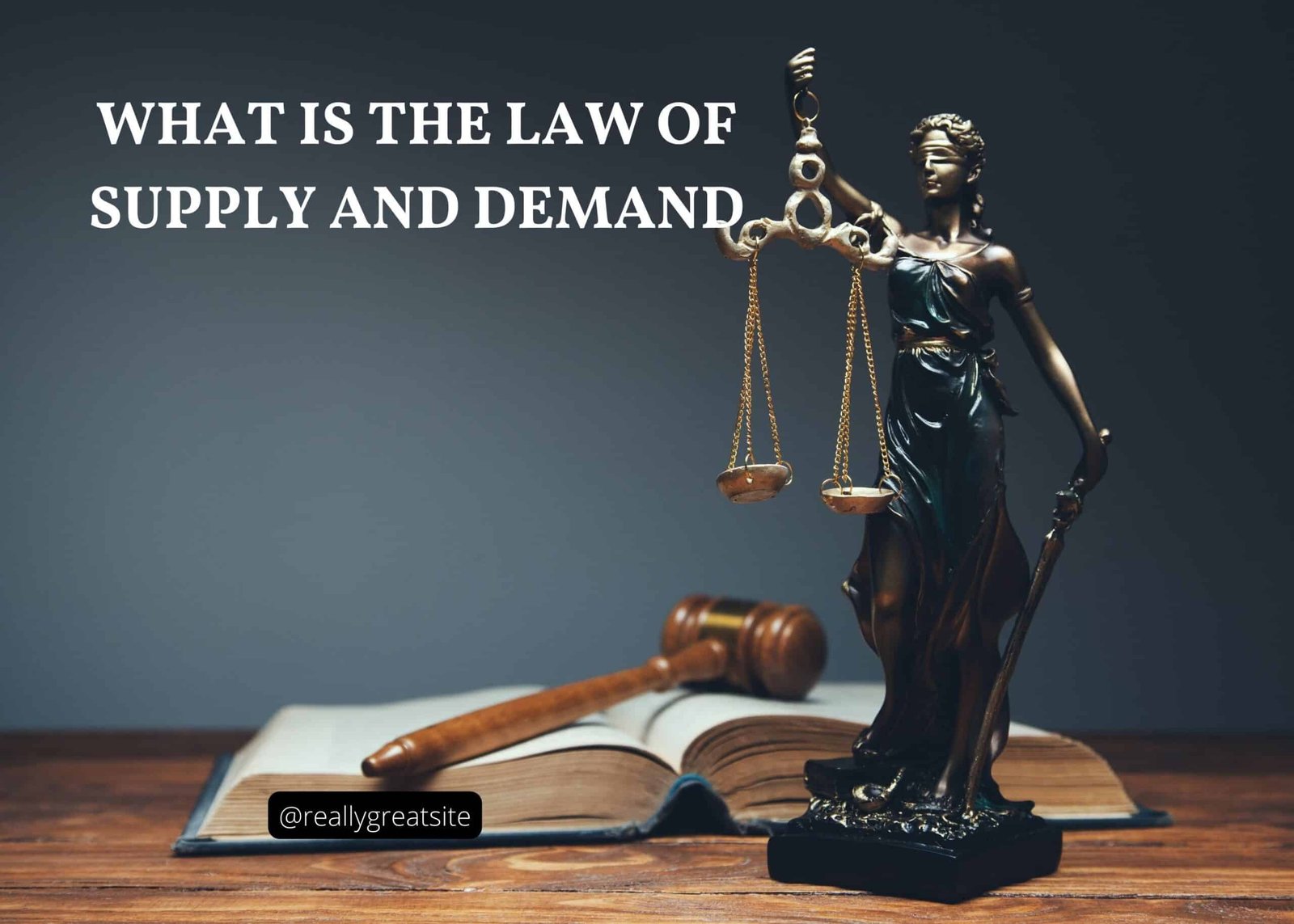What is the Law of Supply and Demand is one of the most fundamental principles in economics. It describes how the market price for any good or service is determined, and how supply and demand levels interact to set that price.
The Laws of Supply and Demand
Law of Demand
The law of demand states that as the price of a product increases, demand for it decreases, assuming all other factors remain the same. Conversely, if the price decreases, demand for the product increases. This relationship is graphically represented as a downward slope.
Law of Supply
In contrast to demand, the law of supply suggests that as the price of a product increases, the quantity of the product that suppliers are willing and able to provide increases. If the price decreases, the quantity of the product that suppliers can provide also decreases. This is represented graphically as an upward slope.
Putting it All Together
Price Equilibrium
The interplay of supply and demand in the market leads to an equilibrium price. This price is arrived at when the quantity of a good or service demanded by consumers equals the quantity supplied by producers.
Shifts in Supply and Demand
The equilibrium can shift due to changes in the market, such as changes in consumer preferences, incomes, or the cost of production, which can result in shifts of the demand and supply curves.
Real-World Examples and Applications of Supply and Demand Law
Illustrative examples and scenarios reveal the practical implications of the law. Whether it’s an increase in the price of coffee due to a poor harvest, or a drop in the price of smartphones because of market saturation – the law of supply and demand at work can be seen countless times in our daily lives.
Case of Oil Prices
One prominent example is the fluctuation in oil prices. Factors such as political instability and natural disasters can reduce the supply of oil and consequently drive up prices due to increased demand.
FAQs About the Law of Supply and Demand
- How does the law of supply and demand affect the economy?The law of supply and demand is the backbone of a market economy. Its dynamics determine the price of goods and services in a market, impacting everything from consumer spending to business investment plans.
- Does the law of supply and demand apply to all goods and services?While it generally applies to most goods and services, there are exceptions such as ‘Giffen goods’, which are goods that people consume more of as the price increases.
- Can government policies influence the law of supply and demand?Yes, government policies such as taxes, subsidies, and regulations can influence supply and demand. For instance, a tax increase can reduce supply by increasing production costs, shifting the supply curve leftward.
Conclusion
In essence, the law of supply and demand not only determines the price and quantity of goods and services in a market but also serves as a fundamental guide for allocation of resources in an economy. Understanding this law is critical for comprehending the workings of a market economy.












finance and economics